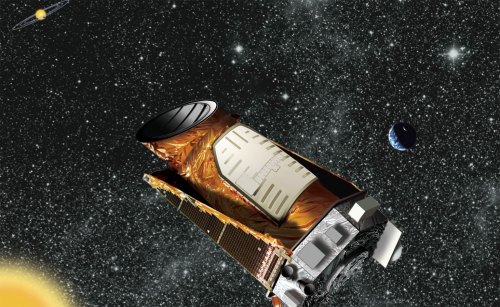As I write this post, Christmas is just days away, and despite the overworked (though still valid) lament that it’s all about commerce, hundreds of millions of Christians will take the time to go to church and turn their thoughts to the Divine.
This will undoubtedly drive a small group of true believers nuts.
I’m not talking about Jews like me. When I was growing up, Christmas wasn’t a time for minority outrage; it was a blissfully quiet day when we might go out for Chinese food and then to a nicely uncrowded movie. I’m not talking about Muslims, either; Islam recognizes Jesus as a great prophet, and while some extremists are still furious about the Crusades, most Muslims find Christmas pretty uncontroversial.
 I’m talking about the New Atheists — people like Christopher Hitchens, Richard Dawkins, Sam Harris and Daniel Dennett. What makes them New is that they’re not merely non-believers. They’re evangelists—missionaries out to convince religious folks that belief in God is not only misguided, but ignorant, superstitious, dangerous and just plain stupid.
I’m talking about the New Atheists — people like Christopher Hitchens, Richard Dawkins, Sam Harris and Daniel Dennett. What makes them New is that they’re not merely non-believers. They’re evangelists—missionaries out to convince religious folks that belief in God is not only misguided, but ignorant, superstitious, dangerous and just plain stupid.
I should say at this point that I’m more or less an atheist myself. Actually, I’m technically an agnostic. I don’t claim certain knowledge that God doesn’t exist, and doubt there would be any way to prove such a proposition (for the record, I don’t buy any of these “proofs“). But as an old friend pointed out to me a few years ago, I must at least have a default assumption about God’s existence, and that assumption is what scientists call the “null hypothesis,” meaning that he doesn’t. Carl Sagan once said that “extraordinary claims require extraordinary evidence,” — but he didn’t specify what counts as an extraordinary claim. For me, the notion that a supernatural, invisible, all-powerful being exists seems pretty extraordinary. The idea that he, or He, is aware of my every thought and has a plan for my life is even more far-fetched.
But the New Atheists are the genuine article. They’re quite convinced that God doesn’t exist, and they’re not shy about letting you know it. “Tolerance of pervasive myth and superstition in modern society is not a virtue,” it says on their website. “Religious fundamentalism has gone main stream and its toll on education, science, and social progress is disheartening. Wake up people!! We are smart enough now to kill our invisible gods and oppressive beliefs. It is the responsibility of the educated to educate the uneducated, lest we fall prey to the tyranny of ignorance.”
They are indeed smart. Most of them are scientists, and anyone foolish enough to try and match wits with non-scientist Hitchens is asking for trouble. Many of the points they raise, moreover, are valid. Terrible crimes have been committed, and continue to be committed, in the name of religion. These things are well worth fighting against — but anyone who thinks they’re uniquely the product of religion has clearly never heard of Stalin or Pol Pot or Augusto Pinochet.
It’s also true that some religious people push a worldview that is actively hostile to science, and it’s nothing short of appalling that so few Americans accept the theory of evolution by natural selection—in large part thanks to the doubts sowed by religious fundamentalists.
But it’s also true that plenty of scientists are also religious — Francis Collins, for example, the director of the National Institutes of Health and a self-described born-again Christian. To their enormous discredit, some New Atheists claim that Collins, a topnotch geneticist, is somehow unqualified to run a major research institution because of his beliefs. It reminds me of the claims when John F. Kennedy was running for president that he would take orders from the Pope because he was a Catholic.
What’s most annoying about the New Atheists is their attitude that if only you were as smart as they are, you simply couldn’t believe in God. Daniel Dennett has even coined a term to replace “atheist” that would embody this particular attitude. He proposes that they call themselves “brights,” demonstrating monumental arrogance and a tin ear all at once.
Tonight I’m going to a performance of Bach’s Christmas Oratorio, a transcendentally beautiful work inspired by religious belief. I’ll be going with, among others, one of my dearest friends, an ordained Presbyterian minister. We’re both appalled by evil done in the name of religion. We’re both disturbed by religion-inspired attacks on science. He knows I don’t believe in God. I know he does. Neither of us thinks the other is stupid or misguided. Neither of us feels the need to be in each other’s face about our beliefs. We do sometimes talk about where we’re coming from on the topic, and while we don’t agree, we somehow manage not to get all worked up about it.
So we’ll just enjoy each others’ company and the Bach. Thank g…oodness I’m not a New Atheist.
—Michael D. Lemonick




















